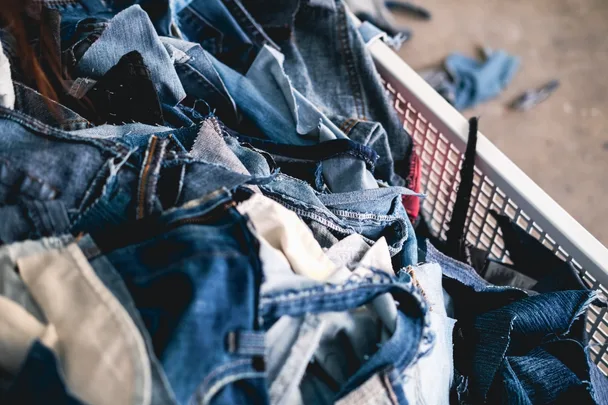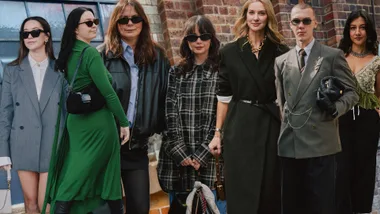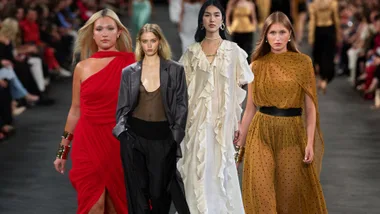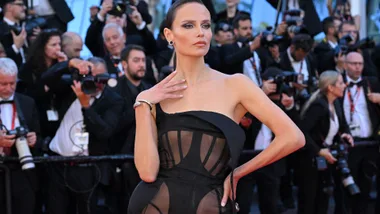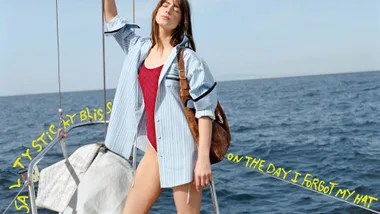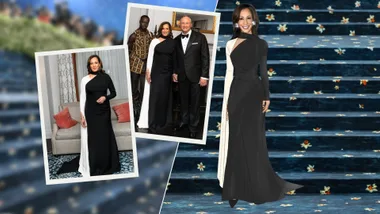In a chic retail store in Sydney’s north, a woman takes a skirt and two dresses from the rack and heads to the change room. She tries on all three. The dresses are too short for her tall frame, but the skirt is perfect, so she buys it and puts the dresses back.
It’s the kind of mundane shopping experience we’ve all had—with a twist. Thanks to a little chip attached to each item of clothing, the fashion label now knows that two dresses were tried on, but not bought. It might be a trivial piece of data to the consumer, but it’s invaluable to the designer.
“What we’re able to do is tell retailers which items are performing their best, which are performing the worst, and how they could merchandise their store to improve performance,” the chip’s creator, Simon Molnar (brother of Afterpay founder Nick Molnar) told marie claire Australia.
“Knowing what’s selling is just as valuable as knowing what’s not selling. We can say to a retailer, this has been tried on a lot but it’s not being purchased, there must be something wrong with the fit.”

Right now, the chip is being trialled at an Afterpay pop-up store in Sydney’s Chatswood Chase called the Edit Collection, launched in partnership with the Australian Fashion Council. But Molnar has high hopes. Could his technology go global and revolutionise sustainable fashion, the same way Afterpay made the buy now, pay later market explode?
‘The future is wanting less fashion’
Fashion is a mesmerizingly, horrifyingly wasteful industry. (As one Sydney-based designer once told me: “I’m in awe of the designers actually trying to make fashion sustainable, because fundamentally it just isn’t.”) The average Australian dumps 23kg of clothing into landfill each year. And yet—we need to wear clothes. We want those clothes to look good. And eventually, those clothes will wear out. So what gives?
The answer is a circular economy, which goes much (much) further than donating old clothes to charity shops and avoiding fast fashion. Circular fashion is breaking the old model of “make, use, dispose” altogether, turning it into a “make thoughtfully, use for as long as possible, and recycle at the end” model. It’s not a green-washing marketing campaign; it’s a fundamental rethink of how fashion can exist within a capitalist society.
“It’s not very fashionable to want less fashion,” Anna Plunkett of Romance Was Born told marie claire Australia. “But I think it’s the future. It has to be.”
Plunkett and her co-founder Luke Sales—who were recently named designers of the year at the 2021 Australian Fashion Laureate Awards—have managed to keep Romance Was Born sustainable due to its smaller size, as well as using up-cycled materials and natural fibres “as much as possible”. However, the designer said it was tough to dedicate time to take their sustainability further with such a small team.
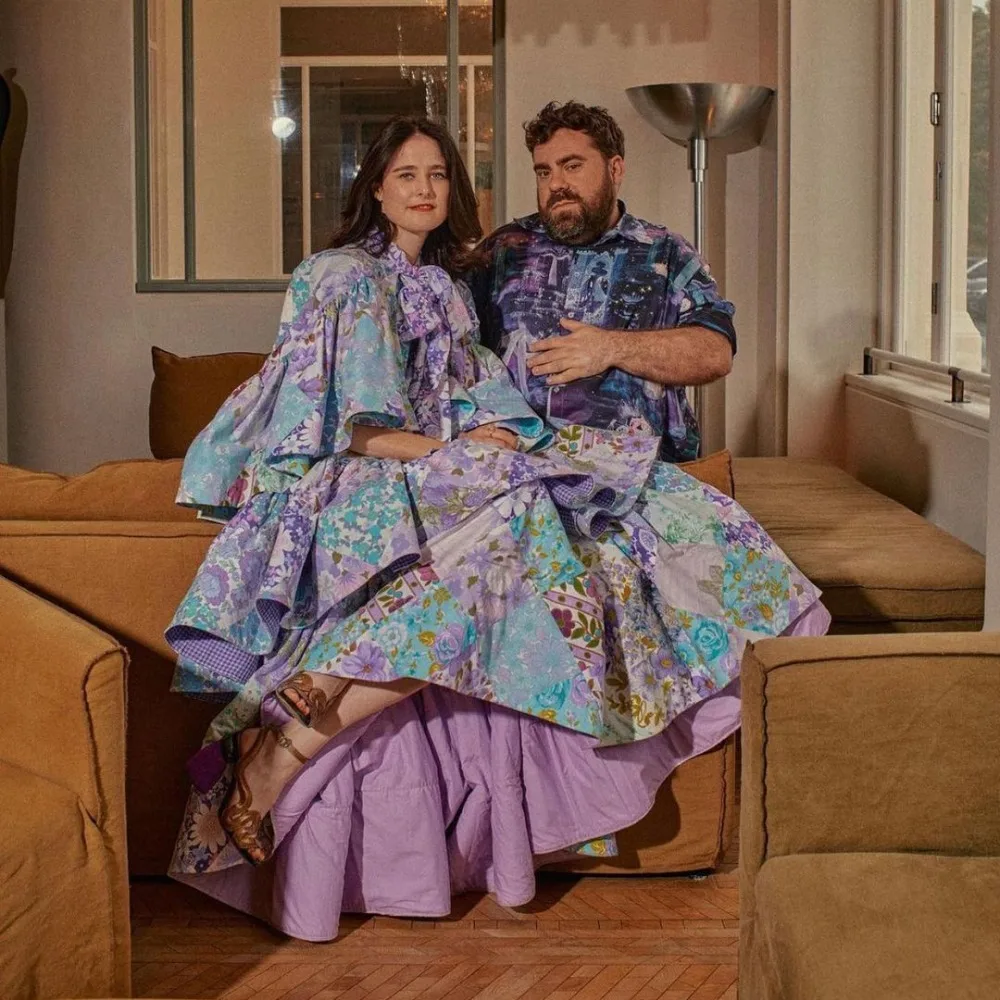
“We know there’s ways we can improve it if we had more time and money,” she said.
“Bigger companies are able to invest into staff who just concentrate on sustainability. It seems like such a luxury, but for those bigger brands it is necessary, as their footprint is so much bigger.”
In fact, larger brands such as The Iconic are already getting into the resale economy, which is expected to double over the next five years to a value of US $77 billion. It recently partnered with circular economy provider AirRobe to provide a platform for shoppers to resell, rent or recycle their pre-loved items—a bold move for any retailer.
For smaller designers, however, one solution is to lean on the knowledge of their peers. Plunkett pointed to Kit Willow of KITX as being a mentor in this space, describing her as “an amazing soundboard” for any questions.
As for Willow, she launched KITX in 2015 with sustainability woven into its DNA. “We haven’t ‘become’ a sustainable brand,” she told marie claire Australia. “We would not exist if we weren’t.”
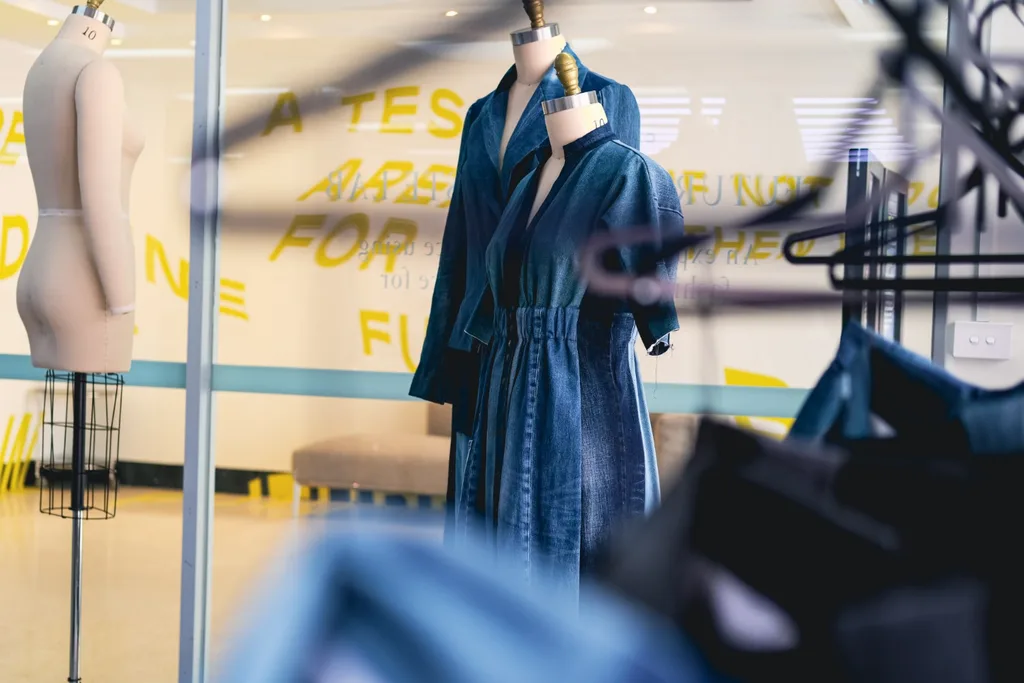
Each KITX garment—right down to the care label—is designed to ensure it breaks down if discarded, rather than adding to a growing landfill pile. And if customers fall out of love with their pieces, they have the option to rehome them via KITXCHANGE.
Willow is also curating a circular fashion pop-up in Melbourne’s Hanover House. Called the Future From Waste LAB, it provides a space for leading designers (Romance Was Born included) to transform used clothes on site into a capsule collection, which are then available for the public to buy. The aim is to both transform the way clothes are made, sold, and used, as well as to educate: did you know that just 7% of clothes sold in Australia are classified as recycled? Now you do.
In fact, Willow’s upcycled denim is available online, right now. But what about those of us who can’t afford to buy ethically-sourced, sustainable fashion, which often retails at a higher price than your average high street? There’s also the issue of plus size fashion, which has long been ignored by high-end designers but is catered to by fast fashion brands.
It comes down to the intention behind your purchase, acting CEO of the Australian Fashion Council Kellie Hush told marie claire Australia.
“Don’t buy it with the intention of wearing it once and throwing it out,” she said. “You can’t expect everyone to invest $600 in a dress. But when you do buy something, just keep wearing it.”
Lead photo: Future From Waste LAB / Supplied.
